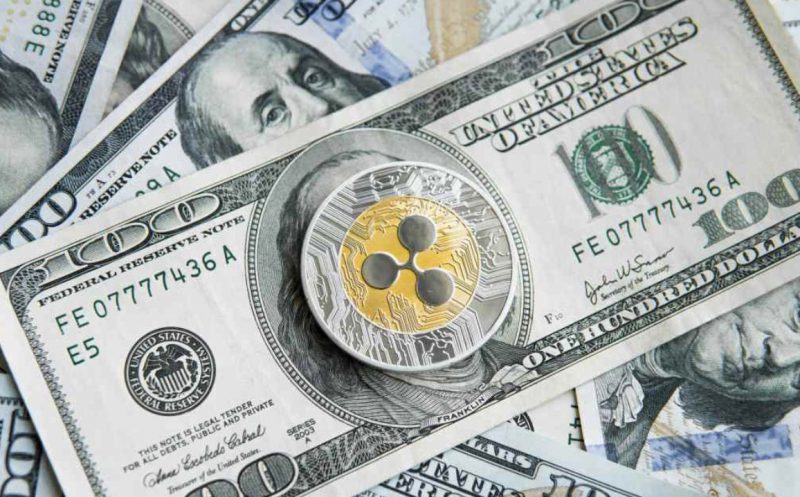Which Banks Use Ripple XRP: Guide
The world of digital currencies has evolved drastically since the inception of Bitcoin in 2009. While Bitcoin remains a significant player, several other cryptocurrencies have emerged, each with unique offerings.
One such cryptocurrency is Ripple XRP, which has seen adoption by various financial institutions worldwide.
This comprehensive guide explores Which Banks Use Ripple XRP and why.
Also read: Ripple Unlocks 1 Billion XRP From Escrow Amidst SEC Appeal Rumors
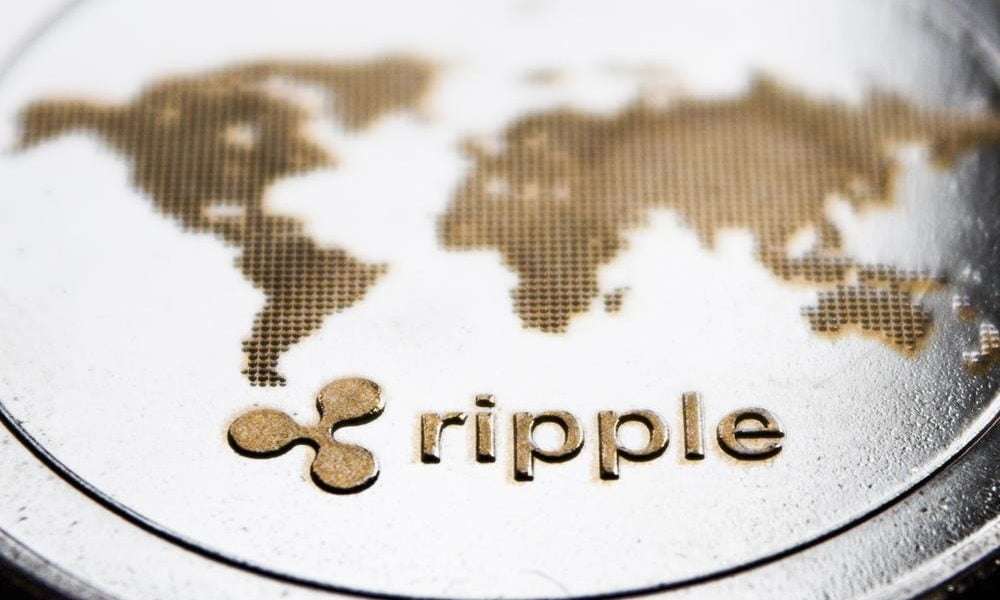

Understanding Ripple XRP
Ripple XRP is an established cryptocurrency that has gained significant momentum over the last few years.
Cryptocurrency provides the technological backbone for payment systems used by numerous banks. Let’s dive deeper into understanding what Ripple is, its origin, and its significance.
Also read: Ripple Predicts Blockchain’s Potential to Save Financial Institutions $10 billion.
The Genesis of Ripple
Ripple is the cryptocurrency company behind the XRP blockchain, an open-source distributed ledger for financial transactions.
Additionally, the idea of Ripple was born in the minds of a group of developers: David Schwartz, Jed McCaleb, Arthur Britto, and their associate, Chris Larsen.
They co-founded Ripple in September 2012 with a vision to create a secure blockchain solution that could cater to the needs of businesses more effectively than Bitcoin.
Why Was Ripple Developed?
They aimed to develop a system to facilitate transparent, cross-border real-time gross settlements (RTGS) with lower costs and shorter transaction times.
Furthermore, this led to the development of the Ripple Transaction Protocol (RTXP) for quick monetary transfers.
Ripple’s approach was to assist the banking system in becoming more efficient rather than attempting to disrupt it. This positioning made Ripple an ideal solution for financial businesses’ transaction requirements.
Initially, Ripple had two payment processing systems based on RTXP: xRapid and xVia. These were later unified into the company’s mainnet, RippleNet.
Exploring XRP
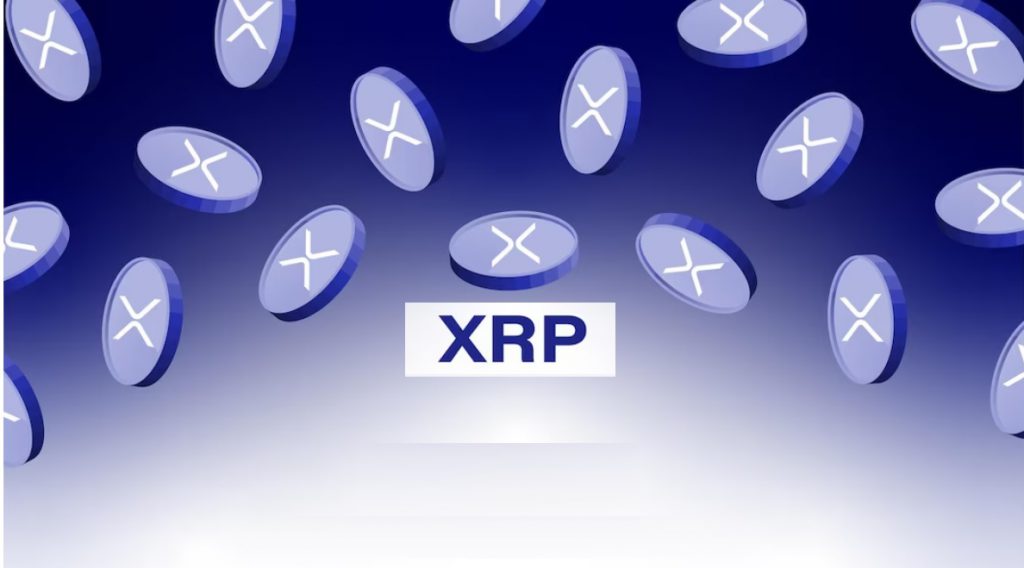

XRP is the digital asset used for transactions on Ripple’s RippleNet platform. It derives its name from xRapid, where it was initially used as a value exchange token.
Additionally, all 100 billion XRP coins have been pre-mined, with about 45 billion XRP coins deposited in Ripple’s Escrow account. The remaining 55 billion XRP have been distributed to users worldwide.
XRP, like other cryptocurrencies, has a smaller unit called a ‘drop’, equivalent to one millionth of 1 XRP. Since the currency has been pre-mined, its supply is fixed, meaning no new XRP can enter the market.
Furthermore, this mining feature eliminates the need for proof of work to mine new tokens. Ripple.net operates on a proof-of-consensus algorithm, a significant strength of Ripple’s blockchain network.
The Advantages of Ripple XRP
Ripple XRP offers several benefits over traditional blockchain networks like Bitcoin. Here are some of the reasons why Ripple XRP is an excellent choice for a blockchain network:
Fast Transaction Speed
The Bitcoin network’s slow transaction times are a major drawback for some users. In contrast, XRP transactions are lightning fast, with the ledger completing transactions in 3-5 seconds. This speed significantly outperforms the average transaction confirmation time for Bitcoin trading, which can extend beyond 20 minutes.
Economical Transaction Cost
Additionally, the Ripple blockchain uses ‘drops’ to account for transactions, making XRP trading highly economical.
Scalability
Ripple can handle up to 1,500 transactions per second, nearly matching the capacity of standard payment processors like VISA, which manages 1,700 transactions per second.
This capability makes Ripple an ideal solution for fintech companies requiring an infrastructure capable of handling high transaction volumes.
High Uptime and Low Power Consumption
Ripple’s distributed ledger platform benefits from a global network of 150 validators on RippleNet, ensuring excellent uptime and stability.
Moreover, since no computing resources are needed to mine XRP, the network consumes less power than conventional blockchain networks like Bitcoin.
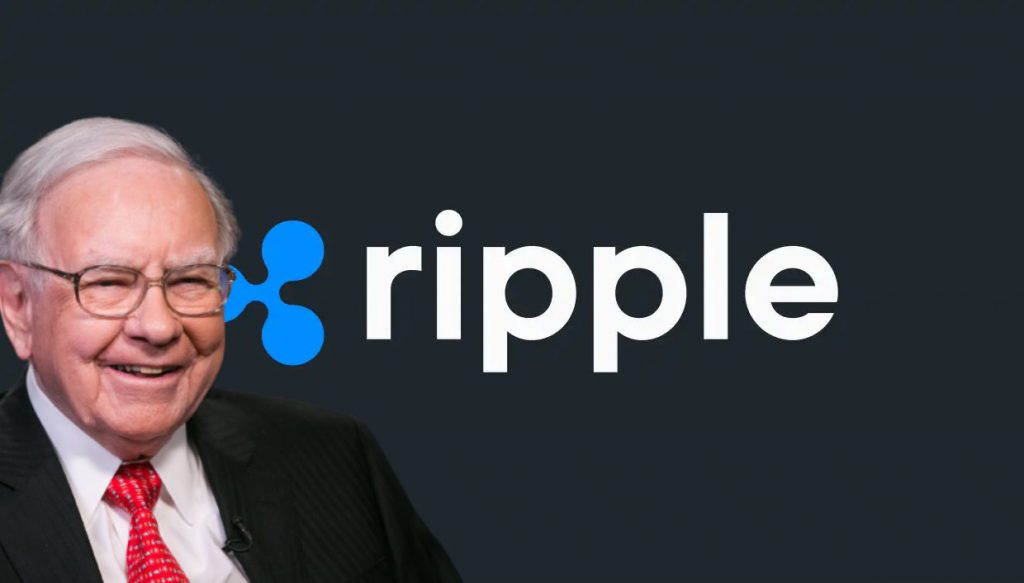

Why do Banks Opt for Ripple XRP?
The strengths of Ripple XRP align perfectly with the needs of the banking and fintech sectors. Here’s why banks prefer this blockchain solution:
Facilitating Cross-Border Payments
Ripple XRP’s speed and efficiency enable banks to make international settlements in real time, making it an excellent tool for banks to create RTGS systems to facilitate international trade.
Offering Stable and Secure Backend Infrastructure
With rising cybersecurity threats, banks are increasingly prioritizing secure transaction records. Blockchain solutions, with their cryptographic operations and decentralized nature, offer high data security and reduce system downtime.
Efficient Liquidity Management
Ripple’s high market capitalization and its use in international markets make it a trustworthy token for buying fiat currencies like USD. Therefore, banks can quickly hold onto their XRP reserves and liquidate them into USD and local currency reserves.
Industrial Synergies
Ripple targeted banks and financial organizations early in its lifecycle, leading to a growing network of developers maintaining its core technology.
Furthermore, Ripple’s reputation as an environmentally friendly blockchain platform appeals to companies and governments seeking to enforce sustainability compliance in the banking sector.
A Closer Look at Which Banks Use Ripple XRP
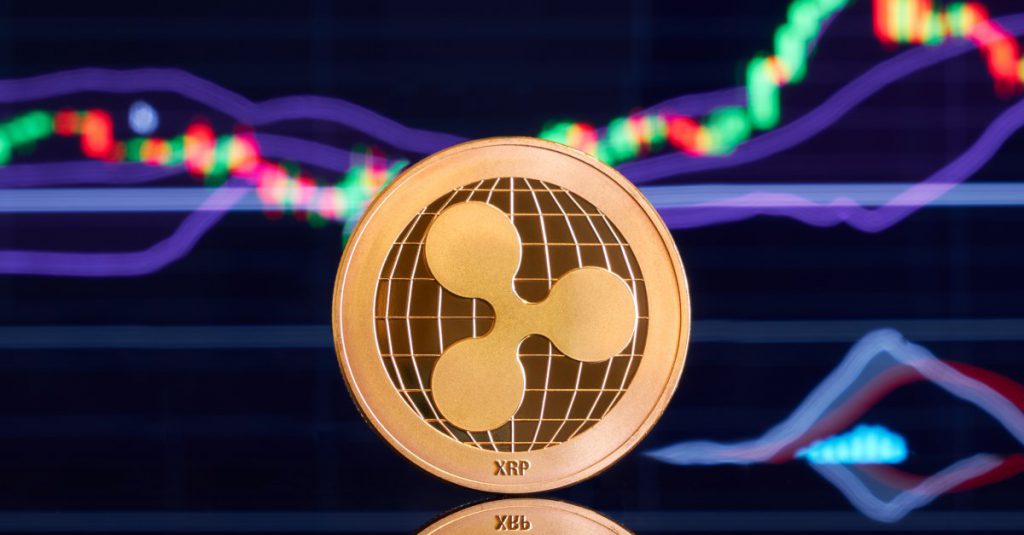

Furthermore, Ripple XRP is now an internationally recognized trading platform adopted by several banks. Here’s a look at some major banks using Ripple XRP.
Bank of America (USA)
The second-largest bank in the USA in terms of asset value, Bank of America (BofA), has partnered with Ripple for several years.
Additionally, their collaboration has been instrumental in setting up RippleNet’s compliance standards for international payments.
PNC Bank (USA)
PNC Bank joined Ripple in 2016 to improve its network speed. With 12 million users, the RippleNet service allows the bank to facilitate quick payments.
Siam Commercial Bank (Thailand)
The first bank in Thailand, Siam Commercial Bank (SCB), adopted Ripple in 2020 to launch its outward remittance service, SCB Easy.
Santander Bank (USA)
Santander Bank has been using Ripple since 2018. This adoption enabled them to launch the One-FX service, which facilitates cross-border payments between US and EU customers.
Standard Chartered Bank (UK)
The UK-based Standard Chartered Bank partnered with Ripple in 2016. This collaboration enabled the bank to open payments to customers in over 50 countries in its network.
Cuallix (Mexico)
Cuallix partnered with Ripple in 2017. As one of the early adopters of XRP’s liquidity products like xRapid, Cuallix facilitates cross-border payments between Mexico and the USA.
Final Thoughts: Which Banks Use Ripple XRP?
In conclusion, despite the challenges of adopting blockchain technology for international banking, Ripple XRP holds a strong position in the industry.
Furthermore, many banks favor it due to its operational advantages, and it presents numerous use cases.
Ripple XRP will expand into new regions and gain adoption by more financial institutions in the coming years.





